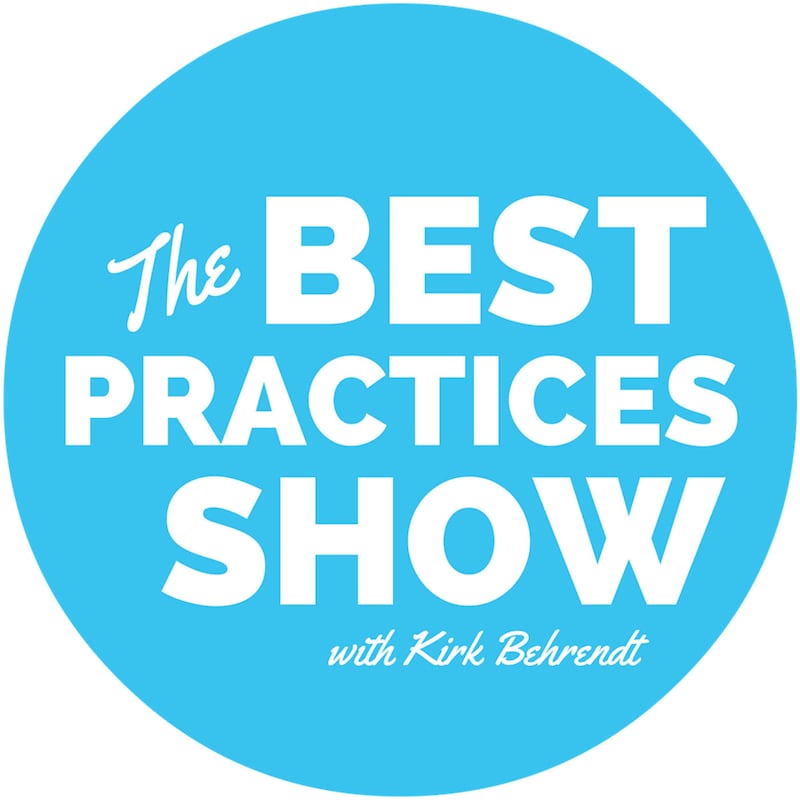Dr. John Cranham is the clinical director of The Dawson Academy which provides dental continuing education by teaching the foundations of dentistry. He is an amazing teacher and a sought after speaker. He also has a practice in Chesapeake, VA focusing on complete family and cosmetic dentistry.
Creating a high quality restorative practice is not easy. John is an experienced clinician and teacher who we can learn a lot from. His journey wasn’t always easy. He even slept in his car when attending his first Dawson Seminar. Today, we are going to talk about occlusion, TMJ, and why challenging patients can be the key to a dentists success.
You can find John here:
The Dawson Academy
John C. Cranham DDS, PC
Show Notes
[03:30] John bought a practice right out of dental school. John had restored his mother's mouth in dental school, and he was given Dr. Dawson's book.
[04:47] He was completely broke from buying the new practice. His practice had a dental lab attached to it, and the technician offered to pay for him to go to one of Dr. Dawson's seminars.
[05:28] John took all of Pete Dawson's classes. He noticed that occlusion and cosmetic dentistry were sometimes at odds and wanted to fix that. He had a lecture called The Cosmetic Connection.
[07:05] In 2003, he was speaking in Tampa and Pete Dawson walked in. They ended up having dinner, and John became part of Seminar 2. He became clinical director in 2006 and a partner in 2008.
[08:17] Dr. Dawson's core value principles.
[09:23] The importance of mastering smile design while also making occlusion stable and having the right protocols and workflows to get that done.
[10:02] A general patient is a patient that doesn't have anything systemically wrong with their mouth. These are the bread-and-butter nuts and bolts patients.
[11:29] These are the patients that we were taught to deal with in dental school. We were taught to build the bite back into what the patient had when they walked into the office.
[11:47] Specialty patients that challenge us a little bit don't have a bite that is working for them. They have evidence that their bite isn't stable like their teeth are wearing or shifting or loose.
[12:29] How it takes advanced training to solve specialty patients issues, because of their challenging problems.
[12:47] We teach principles to come up with an occlusal design as well as a smile design.
[13:14] Dr. Dawson's principles work well with the principles of smile design.
[13:43] There are three workflows the general patient, the specialty patient with problems with muscles or teeth, and the specialty patient that have issues with their joints.
[14:03] John tries to screen patients for proper treatment planning.
[14:39] Predictability, efficiency, and profitability. These all go together. Workflow is a series of procedures that will take us through a series of events and the outcome is going to be correct.
[17:04] Having a longer treatment time away from the patient to design something based on Dr. Dawson's principles.
[17:28] Getting the bite stable before doing restorative work. The more predictive we can be, the happier we can be.
[19:49] It's going to be up to the dentist whether they learn to solve the specialty problems or not.
[21:00] How challenges can be opportunities. It's an educational process with the patient. Use the entire team to screen the patient and talk about things beyond just what is hurting them.
[22:38] Building value takes education. It doesn't have to be only the dentist talking about it.
[23:20] If you are getting rid of insurance, you have to create a strategy to do so.
[23:36] Once you start having success along with testimonials and photographs then you can build a reputation and drop one of your insurance companies.
[25:57] Dr. Dawson shares a patient story that is a great example of why you need to share your expertise and experience with patients and everyone.
[31:04] The more challenging patients are often the patients who want things done at a higher level.
[31:32] Celebrate the success of the outcomes and then market that success.
[32:17] Challenges often come down to clarity of vision and focusing on the workflows.
[33:57] We need to be diagnosing and treatment planning and then doing dentistry.
[35:52] An advanced records visit should be a key thing in your schedule.
[36:47] Block out the treatment planning time or else it will create incredible stress.
[39:29] With a general patient you explain the problem and the solution in the same visit.
[40:04] A goal with specialty patients on the initial visit is just to get them to understand the problem.
[41:03] Dentists are good with biologic problems, but we need to get better when dealing with functional problems.
[42:32] Using the stoplight system for classifying patients.
[44:09] Basically you need to identify which channel or work flow the patient goes into and then follow the procedure.
[46:29] Workflow things are learnable by competent people. Sometimes dentists just need to learn to let go. We have to be the keeper of the standard.
[48:03] Leaders need to give great team members a chance to win whether it's additional responsibilities or training.
[50:27] The importance of having time to listen to the patient's story.
[52:24] It takes 5 to 7 years to become an overnight success. These specialty things are in your practice now. You can start putting these workflows in place now.
[55:11] You can start with seminar one which is available online.
Links and Resources:
Dawson Diagnostic Wizard
Seminar One The Dawson Academy
The Dawson Academy
John C. Cranham DDS, PC
Steven Covey




